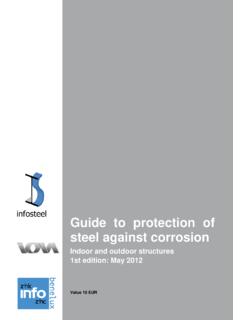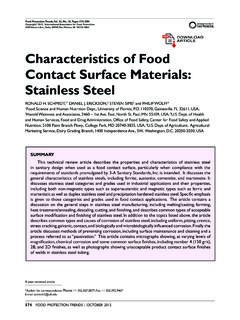Transcription of DNVGL-CG-0288 Corrosion protection of ships
1 CLASS GUIDELINE. DNVGL-CG-0288 Edition May 2017. Corrosion protection of ships The content of this service document is the subject of intellectual property rights reserved by DNV GL AS ("DNV GL"). The user accepts that it is prohibited by anyone else but DNV GL and/or its licensees to offer and/or perform classification, certification and/or verification services, including the issuance of certificates and/or declarations of conformity, wholly or partly, on the basis of and/or pursuant to this document whether free of charge or chargeable, without DNV GL's prior written consent. DNV GL is not responsible for the consequences arising from any use of this document by others. The electronic pdf version of this document, available free of charge from , is the officially binding version.
2 DNV GL AS. FOREWORD. DNV GL class guidelines contain methods , technical requirements, principles and acceptance criteria related to classed objects as referred to from the rules. DNV GL AS May 2017. Any comments may be sent by e-mail to If any person suffers loss or damage which is proved to have been caused by any negligent act or omission of DNV GL, then DNV GL shall pay compensation to such person for his proved direct loss or damage. However, the compensation shall not exceed an amount equal to ten times the fee charged for the service in question, provided that the maximum compensation shall never exceed USD 2 million. In this provision "DNV GL" shall mean DNV GL AS, its direct and indirect owners as well as all its affiliates, subsidiaries, directors, officers, employees, agents and any other acting on behalf of DNV GL.
3 CURRENT CHANGES. Changes - current This is a new document. Class guideline DNVGL-CG-0288 . Edition May 2017 Page 3. Corrosion protection of ships DNV GL AS. CONTENTS. Contents Current 3. Section 1 7. 1 2 7. 3 8. 4 11. Section 2 Newbuildings Corrosion protection of 1 12. 2 Structural 12. 3 12. 4 Surface preparation of unalloyed and low-alloy 13. 5 Surface preparation of cast 16. 6 Surface preparation of stainless 16. 7 Surface preparation of copper alloys and of materials with metallic coatings of zinc or aluminium 16. 8 Protective coatings 17. 9 Coating systems for ballast 10 Protective coating systems for cargo oil and slop 20. 11 Coating specification in void 21. 12 Coating specification for holds in bulk carriers or 13 Coating for miscellaneous 22. 14 Coating for external Section 3 Maintenance of Corrosion protection 26.
4 1 26. 2 Ballast tanks and hull 26. 3 External 30. 4 Assessment of coating condition (GOOD, FAIR, POOR).. 30. Section 4 Metal 32. 1 Hot dip 2 Thermally sprayed 32. Section 5 Assessment of coating 34. 1 34. 2 Assessment 34. Class guideline DNVGL-CG-0288 . Edition May 2017 Page 4. Corrosion protection of ships DNV GL AS. 3 Elements of the 34. Contents 4 Trials, 35. Section 6 Cathodic 36. 1 36. 2 Cathodic protection system design basis internal 3 Sacrificial anodes ballast 37. 4 Sacrificial anodes cargo oil 38. 5 Impressed current cathodic protection 38. 6 Cathodic protection of external 38. Section 7 Properties and test standards for 1 40. 2 Quality control tests for steel surface treatment and coating 40. 3 Coating materials' testing thermal, mechanical and physical 41. Section 8 Coating inspector's duties 44.
5 1 44. 2 Practical inspection 3 Paper 44. 4 Inspection 45. Section 9 Corrosivity and Corrosion resistant materials a brief 1 The marine environment 46. 2 Corrosion mechanisms on steel surfaces in 46. 3 Factors influencing steel Corrosion rates in 47. 4 Stainless 48. 5 Aluminium 48. 6 Copper 49. 7 Galvanic series of metals and 8 Cargo and ballast handling design against 52. Section 10 Surfaces preparation, coating and 53. 1 53. Section 11 1 IMO/IACS 60. 2 3 DNV GL 63. Class guideline DNVGL-CG-0288 . Edition May 2017 Page 5. Corrosion protection of ships DNV GL AS. 4 Other Contents Changes - Class guideline DNVGL-CG-0288 . Edition May 2017 Page 6. Corrosion protection of ships DNV GL AS. SECTION 1 GENERAL. Section 1. 1 Introduction The aim of this guideline is to indicate different recognised methods for Corrosion protection and surface preparation of ships and systems installed on ships , with emphasis on tanks and holds.
6 For ballast tanks, double side skin space of bulk carriers, void space, cargo oil tanks and permanent means of access, this guideline refers to the IMO and IACS regulations, resolutions, circulars and interpretations. Use of cathodic protection is recommended in combination with coating on surfaces submerged in seawater, sacrificial anodes in ballast tanks. The guideline is not mandatory for classification use but for assisting in the selection of effective Corrosion protection systems by shipyards and owners. Definitions and terms, properties and standards for protective coatings, a check list for coating inspectors, materials and Corrosion resistance, surface preparation of steel, and coating condition evaluation on existing ships are briefly reviewed. 2 Limitations Corrosion as a mechanism cannot be prevented entirely as such; it is merely possible to minimize the Corrosion rates and the effects of the Corrosion .
7 The aim should be to reduce the Corrosion rate to an acceptable level for a certain area by means of Corrosion protection measures, an appropriate selection of materials, application of the corresponding design principles, suitable coating systems, through cathodic protection or a combination of several measures. The result is that, with a high degree of probability, the specified lifetime of the structure is ensured and no Corrosion damage will occur, provided that no external event damaged the Corrosion protection measures. The Corrosion and the Corrosion rate depend on many different parameters. Application and environmental conditions, material properties, stress and strain states, as well as the effectiveness and efficiency of protective measures, surface preparation and surface cleanliness, all have an influence on Corrosion .
8 Damage by Corrosion can certainly be prevented. The principles and information given in the guideline is based on normative standards and values from experience which, applied correctly, will assure an adequate degree of Corrosion protection for ships and components subjected to seawater and a marine atmosphere, if the measures are applied with care and follow the recommendations from the manufacturers regarding surface preparation, climatic condition during coating and production control and documentation of all processes. However, this does not release the operators/owners and designers from the obligation to assess properly the features of each particular system, structural part or component and to consider the relevant Corrosion hazard. In particular, the Corrosion protection measures which are applied, their maintenance, repair and the servicing activities shall be coordinated to suit the component or the structure and also the specified lifetime.
9 In designing the Corrosion protection , the specific contractual conditions and agreements between the purchaser/owner and the manufacturer/shipyard shall always be taken into account. For the design of the Corrosion protection , the relevant normative references shall also be considered. Upon request, DNV GL can act in an advisory capacity. The guideline is aiming at being easy to use. No subject is treated in great depth or detail. Recommendations given in the guideline shall not replace instructions or recommendations given by the manufacturers of protective coating systems or cathodic protection systems. Class guideline DNVGL-CG-0288 . Edition May 2017 Page 7. Corrosion protection of ships DNV GL AS. Section 1. 3 Definitions Table 1 Definitions Term Definition alkyd synthetic resins of polyester type used as binders in paints or coatings.
10 The name "alkyd" is derived from the parent chemicals alcohol + acid ester. Alkyd paints cure by air-drying and oxidation. Usually they are not suited for submerged service as they absorb too much water leading to swelling of the alkyd paint film anode the corroding part of an electrochemical Corrosion cell (sacrificial anode or impressed current anode). anti-fouling coating coating for use on under water areas on hulls to prevent growth of living organisms, usually (or paint) containing toxic agents (biocides). Fouling release coatings on the other side do usually not contain any biocides. Fouling release coatings have a smooth where organisms have difficulties to attach to binder the component in paint or coating binding its constituents together and fixed to the surface. Common binders are epoxy, chlorinated rubber, vinyl, and alkyd.
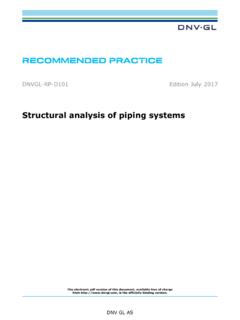
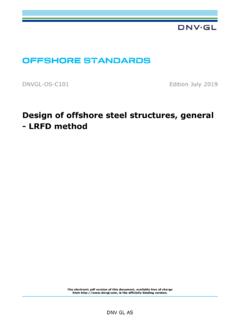
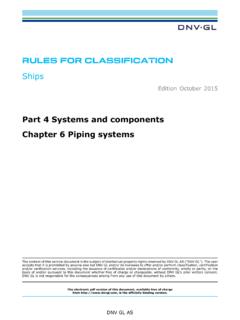
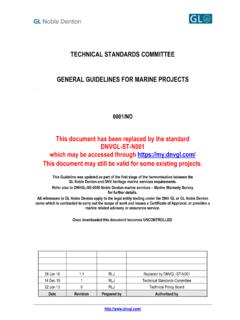
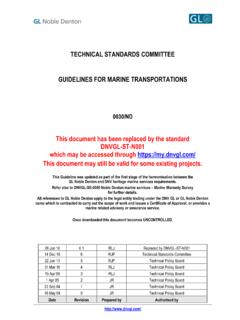
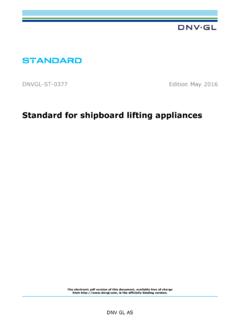
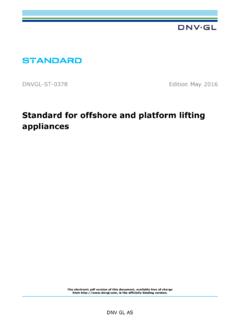
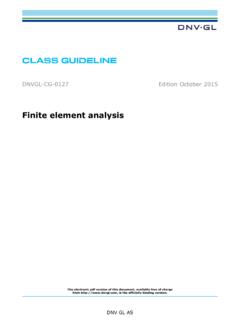
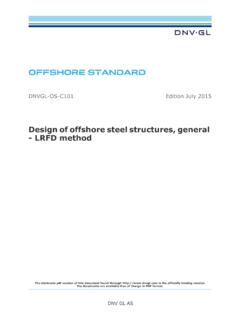

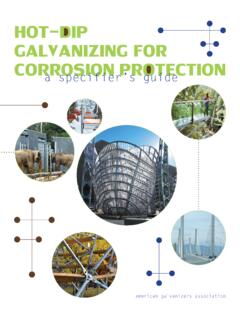

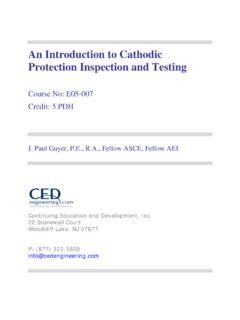
![Corrosion Protection.ppt [Read-Only]](/cache/preview/1/c/f/9/2/e/d/5/thumb-1cf92ed5cf903dbf2b6cd3a840081a01.jpg)

